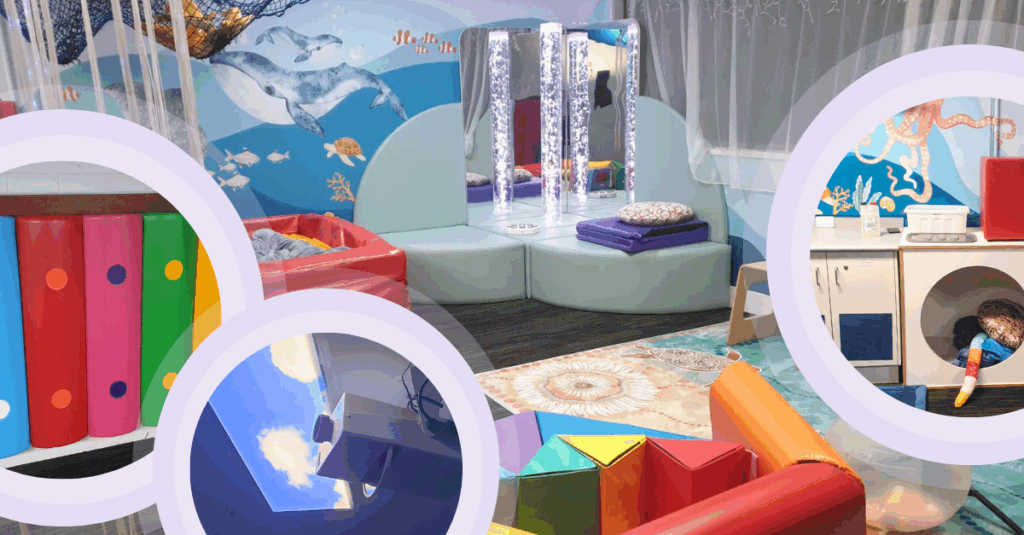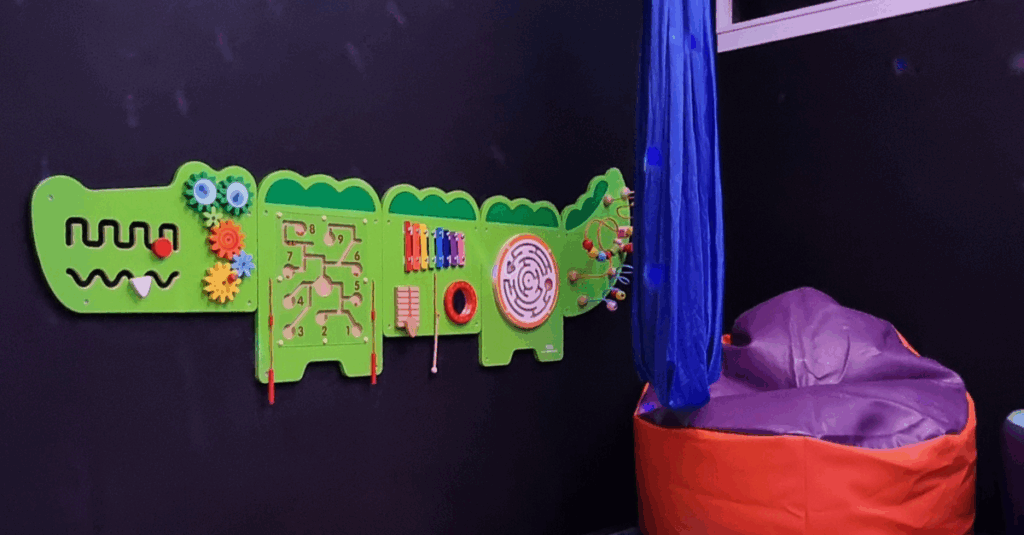Sensotec: Small Space, Big Impact: Creating a Sensory Corner in Any Classroom
Not every school has the space or the budget for a dedicated sensory room. But every classroom can offer something just as powerful- a calming sensory corner to help students self-regulate, reset and focus.
With a few well-chosen sensory items, you can create a space that helps students reset and re-engage throughout the day.

More Than Just a Quiet Spot
Each student has different sensory needs, and it’s important to recognise that these differences exist across all students, not just those with a medical diagnosis like autism or ADHD.
While some students may seek movement, others need stillness or quiet. Bright lights, background noise, or busy visuals can be energising for one student and overwhelming for another.
A sensory corner is a safe, predictable space for students to manage these needs in a way that works for them. Whether it’s a short break or a focused session, a sensory space turns downtime into a purposeful moment to reset and return ready to learn.

Thoughtful Planning: How To Set Up a Sensory Corner
When setting up a sensory space, aim to visually and physically distinguish it from the rest of the classroom, without isolating those using it. It could be a quiet corner, a nook near a bookshelf, or even behind a portable divider to create a zone that feels safe and separate.
Consider:
- Low-traffic areas: ideally away from doorways or distractions.
- Comfort: Soft surfaces to make the space welcoming, such as cushions, a rug or bean bags.
- Student voice: Why not let your students help decorate or name the space? Involving them in the process will give you valuable insight into what works for them.
With the right sensory resources and intent, even the smallest space can become a powerful tool for managing sensory input and emotional response.
Sensory Equipment That Works
At Sensotec, we focus on flexible, space-saving equipment that adapts to your needs. For example:
- A portable sensory trolley gives you a multi-sensory station, plus storage.
- Liquid floor tiles and Ortoto sensory mats provide an engaging, tactile experience and are quick to set up.
- Coloured mood shapes offer ambient lighting, seating options, and are lightweight and easy to move.
- A light tube ottoman provides a place to sit and visually engage with colours, light and pattern.
- Weighted blankets and vibrating pillars take up minimal space yet provide excellent tactile and vestibular input to soothe and self-regulate.

Making It Work, Every Day
Introduce a sensory space to students as a learning tool. Set clear expectations of when, why and how they should use the space. We recommend introducing visual cues or ‘sensory passports’ so students can easily communicate when they need a break.
Remember small spaces can have a big impact! If the design is intentional and relevant, a simple sensory corner is a powerful tool to help students relax, focus and regulate.
Explore the full sensory range at www.sensotec.com.au.
1300 622 180


